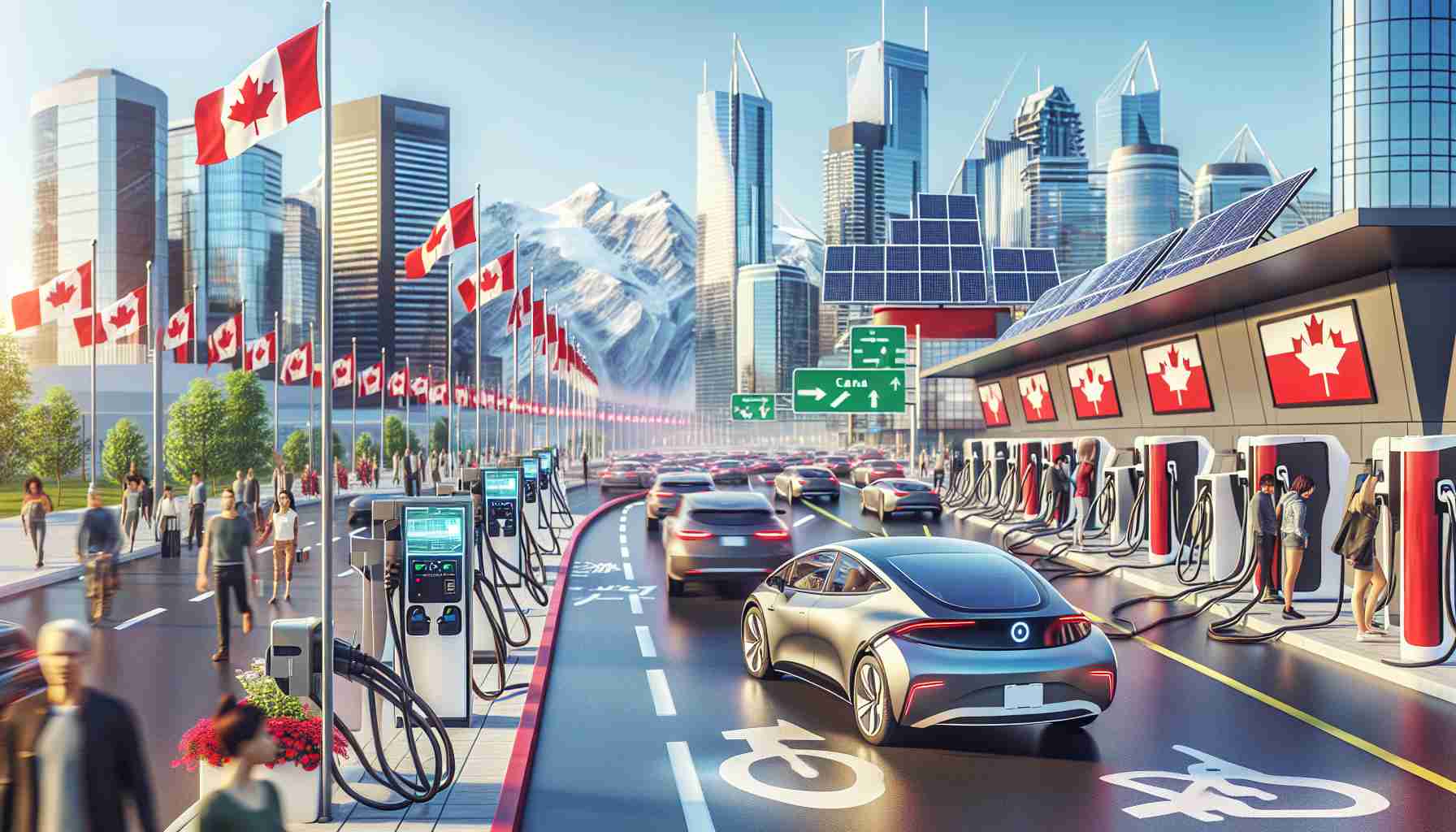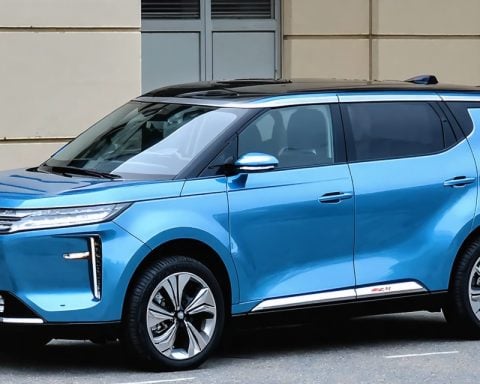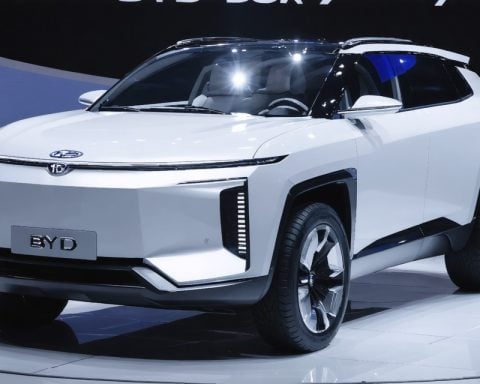- Canada is a potential leader in EV battery production but faces significant trade challenges with the U.S.
- 91% of automotive parts are exported to the U.S., making cross-border trade tensions critical.
- High production costs and inadequate charging infrastructure are major hurdles for manufacturers.
- Experts highlight the importance of consolidating Canada’s EV ecosystem with critical minerals and advanced production.
- Canada ranks first in battery supply chain potential, attracting major investments from key players.
- Strong environmental policies and networks like the Ontario Vehicle Innovation Network support Canada’s EV ambitions.
- With strategic improvements, Canada has the opportunity to become a dominant force in the global EV market.
As the electric vehicle (EV) revolution gains momentum, Canada stands at a crucial crossroads. Despite being hailed as a leader in EV battery production, the nation faces formidable challenges that could jeopardize its ambitions.
The backdrop features escalating tariffs imposed by the U.S. and retaliated by Canada, creating a tense environment for an automotive sector that relies heavily on cross-border trade. As 91% of automotive parts are exported to the U.S., these trade tensions loom large, casting doubt on the future of Canada’s EV industry.
But the challenges extend beyond international relations. With high production costs, restrictive battery ranges, and inadequate charging infrastructure, major manufacturers like Stellantis grapple with inventory surpluses and declining sales. Despite these hurdles, experts argue that the path forward is paved with opportunity.
They emphasize the necessity for Canada to consolidate its EV ecosystem, connecting its rich supply of critical minerals with advanced production capabilities. With Canada ranking first in a recent battery supply chain report, the potential is vast. Major investments from companies like Umicore and Northvolt signal confidence in Canada’s capabilities.
Looking ahead, Canada’s commitment to zero-emission vehicles, coupled with its strong environmental policies and innovative networks like the Ontario Vehicle Innovation Network, position the nation to thrive in this evolving landscape. By integrating its resources and refining its strategies, Canada may not only overcome current headwinds but also emerge as a dominant force in the global EV market.
The message is clear: With the right vision and strategy, Canada can steer towards a bright, electrifying future in the automotive industry!
The Future of Canada’s EV Market: Opportunities Amid Challenges
Canada’s Electric Vehicle Landscape: Navigating Opportunities and Obstacles
As the global demand for electric vehicles (EVs) surges, Canada finds itself at a pivotal moment. With its strengths in EV battery production and critical mineral resources, the country is well-positioned to capitalize on the emerging market. However, challenges persist that could hinder growth.
Key Trends and Innovations
1. Technological Advancements: Continuing innovations in battery technology, such as solid-state batteries and advanced lithium-ion systems, are vital for improving performance and reducing costs. These advancements will help address current limitations related to battery range and charging times.
2. Sustainability Focus: Canada is making significant investments in sustainable energy sources, essential for powering EV production and reducing the carbon footprint of the automotive industry. Initiatives like green hydrogen production are being explored to complement EV infrastructure.
3. Government Incentives: The Canadian government has introduced various funding programs and tax incentives aimed at boosting EV adoption. These initiatives are crucial for both consumers and manufacturers in facilitating a smoother transition to electric mobility.
Key Insights
– Market Growth Forecast: According to recent analyses, the Canadian EV market is expected to grow substantially, with projections indicating a compound annual growth rate (CAGR) of over 20% through 2030.
– Consumer Trends: There is an increasing consumer preference for environmentally friendly vehicles. Research shows that around 70% of Canadians express a willingness to switch to electric alternatives, enhancing market potential.
– Enhanced Charging Infrastructure: Investments are being made to expand EV charging stations significantly. Canada aims to double its charging infrastructure, alleviating concerns about range anxiety and promoting adoption.
Challenges and Limitations
– Trade Relations: Ongoing trade tensions with the U.S. may complicate supply chains and increase costs, as Canada trades significantly in automotive parts.
– Production Costs: High initial investment in production technology and infrastructure continues to be a barrier for both new and established manufacturers.
– Battery Supply Chains: The reliance on global supply chains for key battery components can create vulnerabilities, particularly amid geopolitical uncertainties.
Frequently Asked Questions
1. What are Canada’s main advantages in the EV market?
Canada has a wealth of critical minerals necessary for battery production, combined with growing technological competencies in EV manufacturing. It also benefits from a strong framework of environmental policies promoting sustainable development.
2. How is the government supporting EV adoption?
The Canadian government is actively promoting EV adoption through various incentives, including rebates for consumers and funding for infrastructure development. There are also grants for research and development to support innovation in battery technology.
3. What are some current challenges facing Canadian EV manufacturers?
Canadian EV manufacturers are facing challenges such as high production costs, the need for more charging infrastructure, and uncertainties related to trade policies with the U.S. These factors can complicate growth efforts in the sector.
For more information on Canada’s initiatives and trends in the EV sector, visit Canada.ca for the latest updates on policies and resources.













